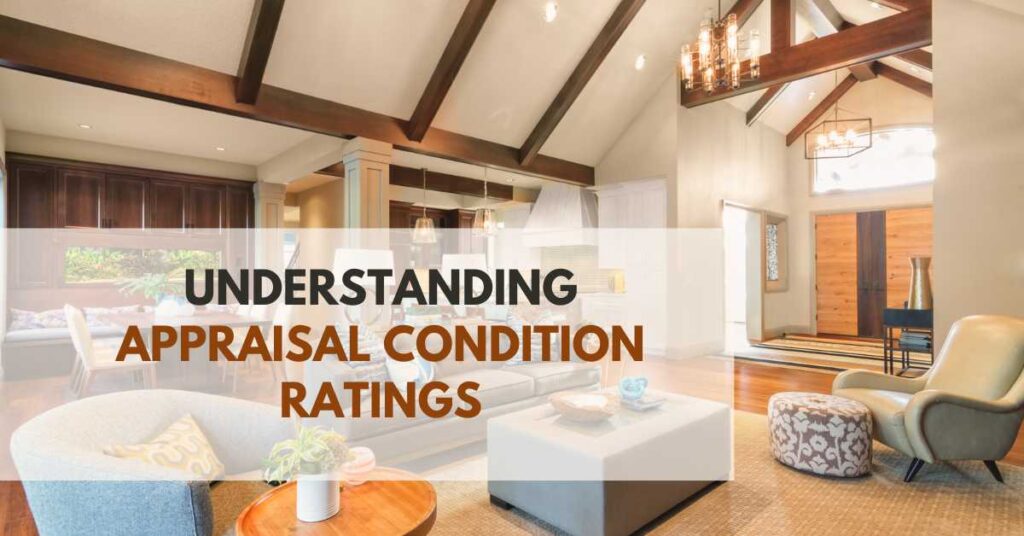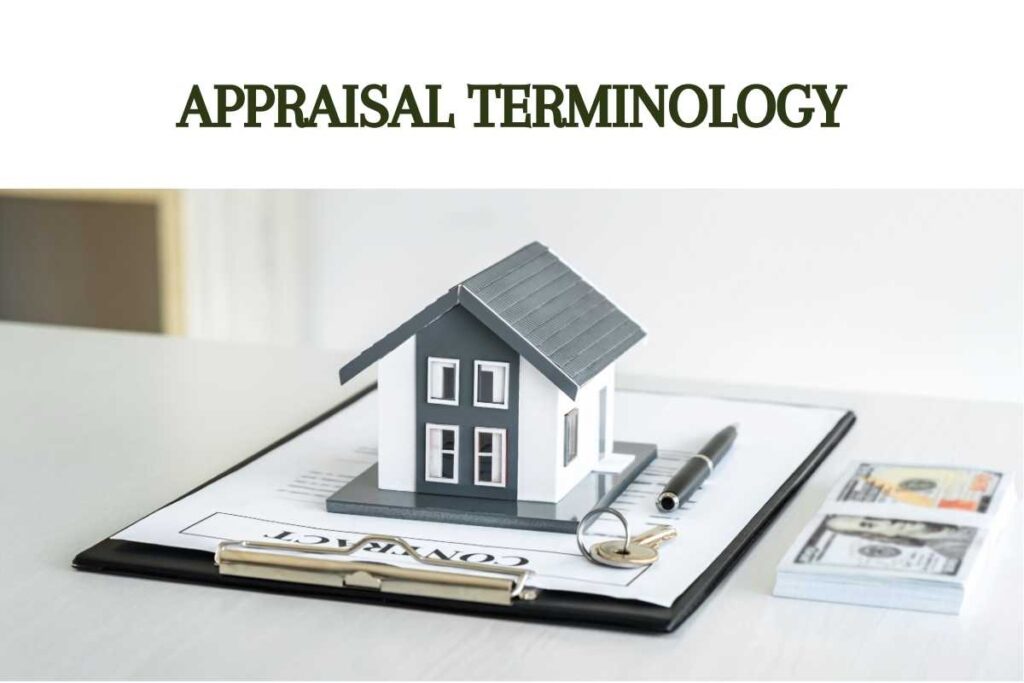When an appraiser is determining a final number or range for a home’s value, one primary factor that will always be considered is the home’s appraisal condition rating.
This is a standardized condition rating scale that helps determine, or classify, the overall condition of a property.
The appraiser will take into account factors such as age, wear and tear, damages, and overall upkeep over the years to determine which numerical rating a property falls within.
The condition rating given helps determine the final value of the property.
Not only that, but this number also determines what the appraiser will look for in terms of comparable homes, or “comps.”
Read through for an overview of what each appraisal condition rating means in real life scenarios.
Visuals are included so you can see how this really plays out in the appraisal process.
Where does your home fall?
Disclaimer: Our articles are written by a Licensed or Certified Residential Appraiser. This information is meant for educational or informational purposes only, and does not support or indicate an opinion of value for your home or property, nor does it provide any type of value indication for a lender, attorney, realtor, or any other individual or entity.
Where Did Appraisal Condition Ratings Come From?
In most appraisal reports completed for lenders, an appraiser must conform to a set of guidelines called the UAD, or Uniform Appraisal Dataset.
The uniform appraisal dataset is the result of collaboration between Fannie Mae and Freddie Mac at the discretion of the Federal Housing Finance Agency (FHFA).
The purpose is to standardize data reporting quality and improve the collection of electronic data.
These guidelines set forth a standardized scale, or system, for reporting property characteristics like quality and condition.
Use of this rating scale is required when completing an appraisal for conventional and FHA loans on single family homes, townhomes, or condominiums with an interior inspection.
View Freddie Mac’s Frequently Asked Questions regarding UAD
The scale is divided into a numerical range of one through six for condition ratings, with C1 (Condition 1) being the best.
Homes with a C1 rating are newly constructed dwellings that feature no wear and tear and have never been occupied.
A rating of C6, on the other hand, indicates that a property is in poor condition and may not be livable without extensive renovations.
Homes given a c6 rating feature obvious deferred maintenance and may require major building components to be replaced.
Breaking Down the UAD Appraisal Condition Ratings
Let’s review each appraisal condition rating and what it looks like in real life.
Condition Rating C1
Properties given a C1 rating are newly constructed homes.
They have been recently completed and have never been occupied. These homes are free from any damages or defects and feature no wear and tear whatsoever.
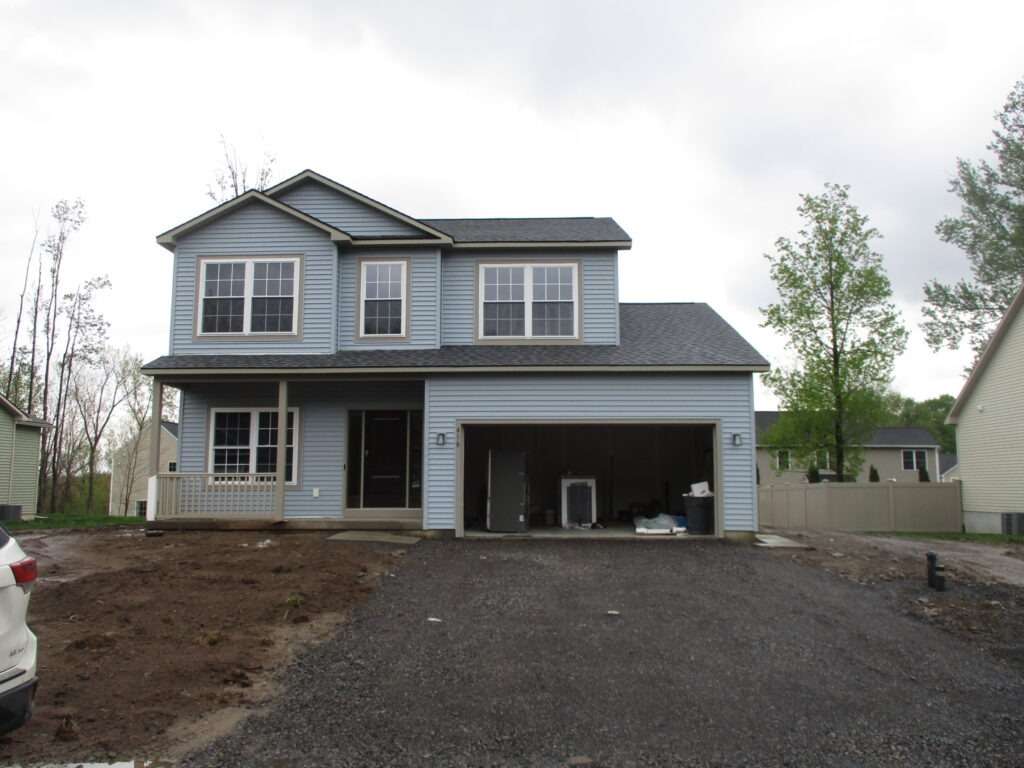
Verbiage from UAD guidelines:
“C1: The improvements have been recently constructed and have not been previously occupied. The entire structure and all components are new and the dwelling features no physical depreciation.“
Condition Rating C2
Homes with a C2 rating are also considered to be in excellent condition. They may have been previously occupied, but show little to no wear and tear.
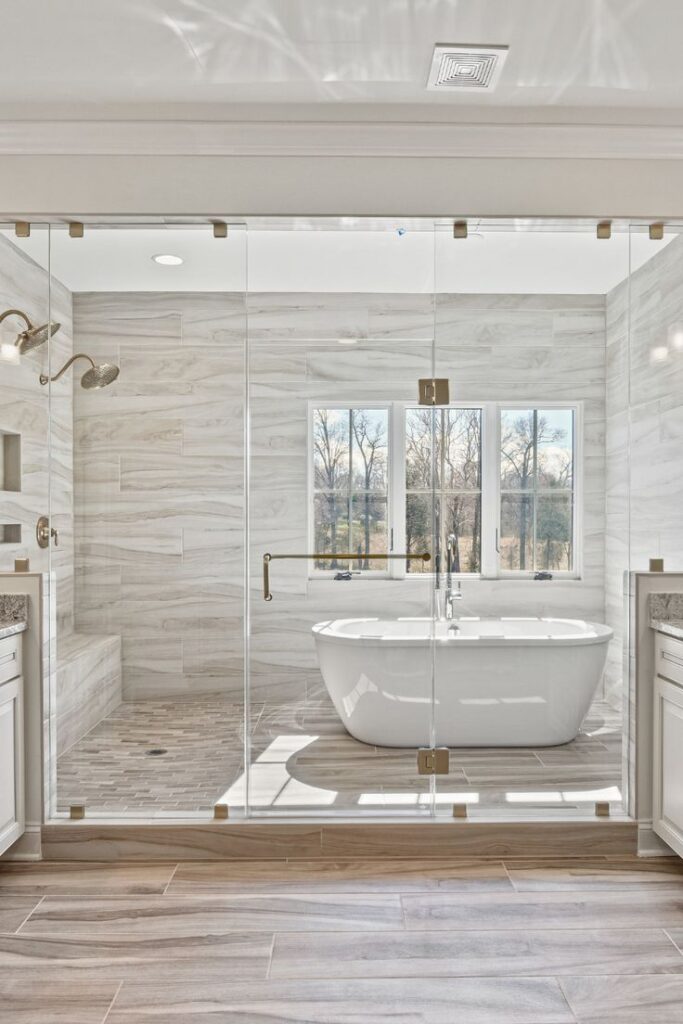
These homes have been well-maintained and any minor repairs or updates have been completed.
Homes with a C2 rating can be newer or older. However, if the home is not fairly new, it needs to have been recently completely renovated to meet current standards and modern finishes.
Verbiage from UAD guidelines:
“C2: The improvements feature no deferred maintenance, little or no physical depreciation, and require no repairs. Virtually all building components are new or have been recently repaired, refinished, or rehabilitated.
All outdated components and finishes have been updated and/or replaced with components that meet current standards. Dwellings in this category are either almost new or have been recently completely renovated and are similar in condition to new construction.“
Condition Rating C3
A C3 rating indicates that a home is in good condition overall but may have a minor cosmetic defect here or there.
These issues do not affect the overall functionality or livability of the home, but they may still impact its value to a degree.

Homes with a C3 rating feature limited physical depreciation and have been well maintained.
Verbiage from UAD guidelines:
“C3: The improvements are well maintained and feature limited physical depreciation due to normal wear and tear. Some components, but not every major building component, may be updated or recently rehabilitated. The structure has been well maintained.“
Condition Rating C4
Properties with a C4 rating are considered to be in average condition. These homes have been adequately maintained and may have normal wear and tear, but may not have been extensively updated within the last 15 +/- years.
Most homes that are lived in and in average condition fall under this rating.
(My home, included!)
Some normal wear and tear may be evident but the home is still functional and free from any major issues.
If some components need repairs, they should be minimal and mostly cosmetic in nature.
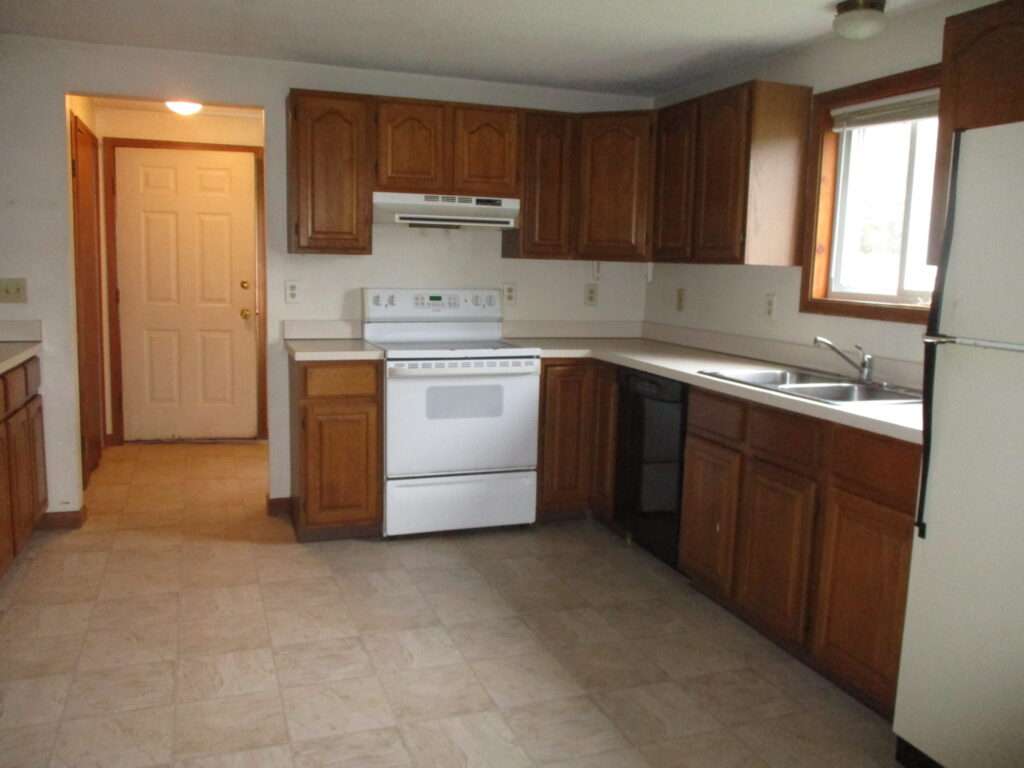
Verbiage from UAD guidelines:
“C4: The improvements feature some minor deferred maintenance and physical deterioration due to normal wear and tear. The dwelling has been adequately maintained and requires only minimal repairs to building components/mechanical systems and cosmetic repairs.
All major building components have been adequately maintained and are functionally adequate.“
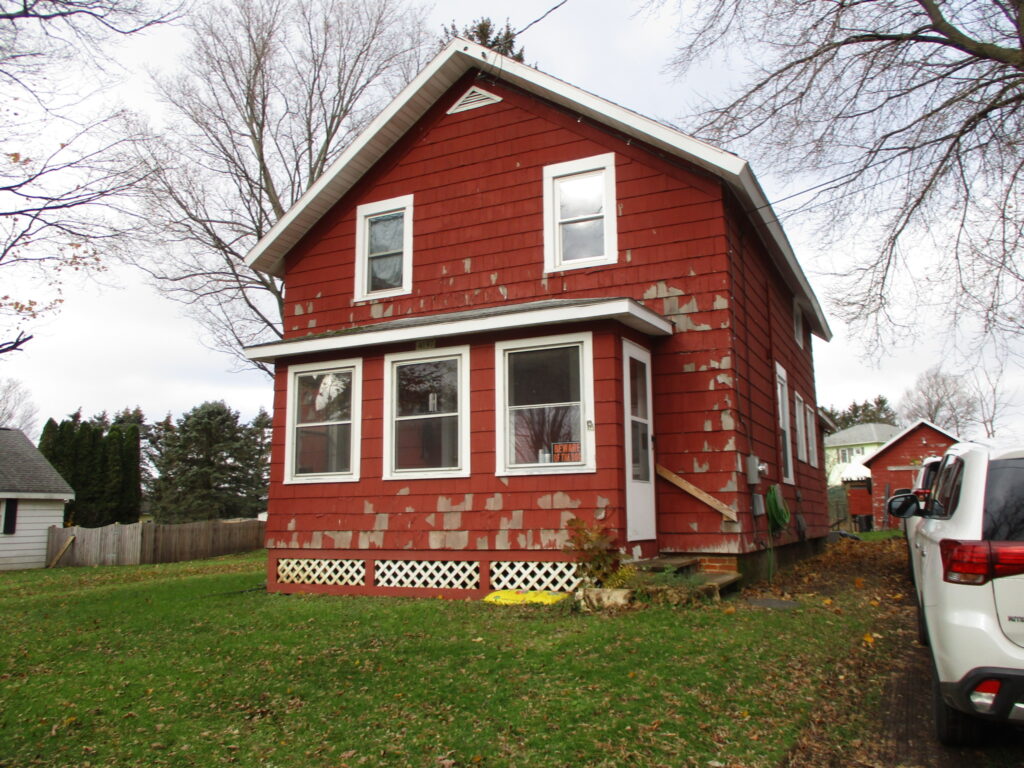
Sometimes, the interior of a home has been nicely updated to a C3 condition, but if the exterior has issues, like the home above, the condition rating will still be categorized as a C4.
Condition Rating C5
A C5 property condition rating indicates that a home is in below-average condition.
These properties may have significant wear and tear, outdated features, or may require significant repairs.
They may also show signs of neglect or significant physical depreciation, but the dwelling remains useable as a residence. (sometimes just barely!)


Verbiage from UAD guidelines:
“C5: The improvements feature obvious deferred maintenance and are in need of some significant repairs. Some building components need repairs, rehabilitation, or updating.
The functional utility and overall livability are somewhat diminished due to condition, but the dwelling remains useable and functional as a residence.“
Condition Rating C6
Properties with a C6 rating are considered to be in very poor condition.
These homes may have major structural integrity issues or significant damage.
Any improvements feature obvious deferred maintenance and most building components need replacement.
They may also be deemed uninhabitable until issues that affect structural integrity or other serious issues are addressed.
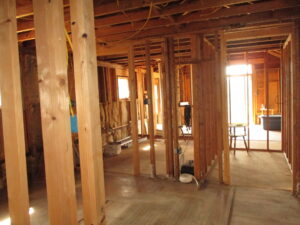
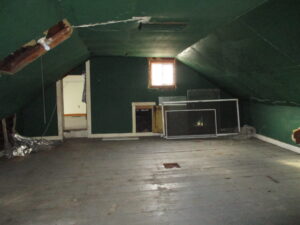
Verbiage from UAD guidelines:
“C6: The improvements have substantial damage or deferred maintenance with deficiencies or defects that are severe enough to affect the safety, soundness, or structural integrity of the improvements.
The improvements are in need of substantial repairs and rehabilitation, including many or most major components.“
What Happens If a Property Has a C5 or C6 Rating?
If your home is categorized as a C5 or C6 condition rating, your lender may require that repairs or alterations be completed to bring the property to a C4 rating.
This is especially true when the issues pose a threat to the safety, security, or soundness of the property or its occupants.
If your home is in need of some repair, check with your lender on what the requirements are for your specific loan type.
Per Fannie Mae, “Properties with a condition rating of C6 are not eligible for sale to Fannie Mae.
Any deficiencies impacting the safety, soundness, or structural integrity of the property must be repaired with a resulting minimum condition rating of C5 prior to delivery of the loan.”
Additional Terms For Appraisal Condition
Once an appraiser has determined which condition rating to give to a particular property, they must further describe whether or not certain features are updated, not updated, or remodeled, and include an approximate timeframe of when any improvements were completed.
For appraisals that are required to comply with UAD guidelines, this information is also mandatory and must be completed within the report.
The UAD provides additional guidance on what these terms mean in an appraisal context:
(Verbiage sourced directly from a Uniform Appraisal Dataset compliant appraisal report form)
Updated
The area of the home has been modified to meet current market expectations.
These modifications are limited in terms of both scope and cost. An updated area of the home should have an improved look and feel or functional utility.
Updates do not include significant alterations to the existing structure.
Not Updated
Little or no updating or modernization. Those over 15 years are also considered not updated if the appliances, fixtures and finishes are predominately dated.
An area that is ‘Not Updated’ may still be well maintained and fully functional and does not necessarily imply deterioration.
Remodeled
Significant finish and/or structural changes have been made that increase utility and appeal through complete replacement and/or expansion.
A remodeled area reflects fundamental changes that include multiple alterations.
For example: replacement of cabinets, tiles, relocation of plumbing/fixtures/appliances, significant structural alterations (like relocating walls and or addition of square footage.)
“Remodeled” includes complete gutting and rebuild.
Other Terms to Know
You might also find the following verbiage used in your appraisal report to describe various improvements or components.
These terms are not part of the UAD Condition rating system but are also used regularly in appraisal reports for clarification and detail.
Effective Age
Effective age refers to how old a home “feels” or appears, and is determined separately from a home’s actual age.
Deferred Maintenance
Deferred maintenance refers to any repairs or upkeep that has been postponed or left unattended.
This can include anything from small cosmetic tasks to larger structural issues. Deferred maintenance can lead to a decrease in the value of a property and will be noted in an appraisal report.
Functional Obsolescence
Functional obsolescence refers to a flaw or deficiency in the layout, design or functionality of a property that causes it to become less desirable than other properties.
This can be due to outdated features, poor floor plans, inadequate space, or other issues that make the property less functional and potentially less valuable.
External Obsolescence
External obsolescence refers to a decrease in the value of a property due to factors outside of the property itself.
This can include changes in the surrounding neighborhood, zoning changes, heavy traffic, or close proximity to power lines.
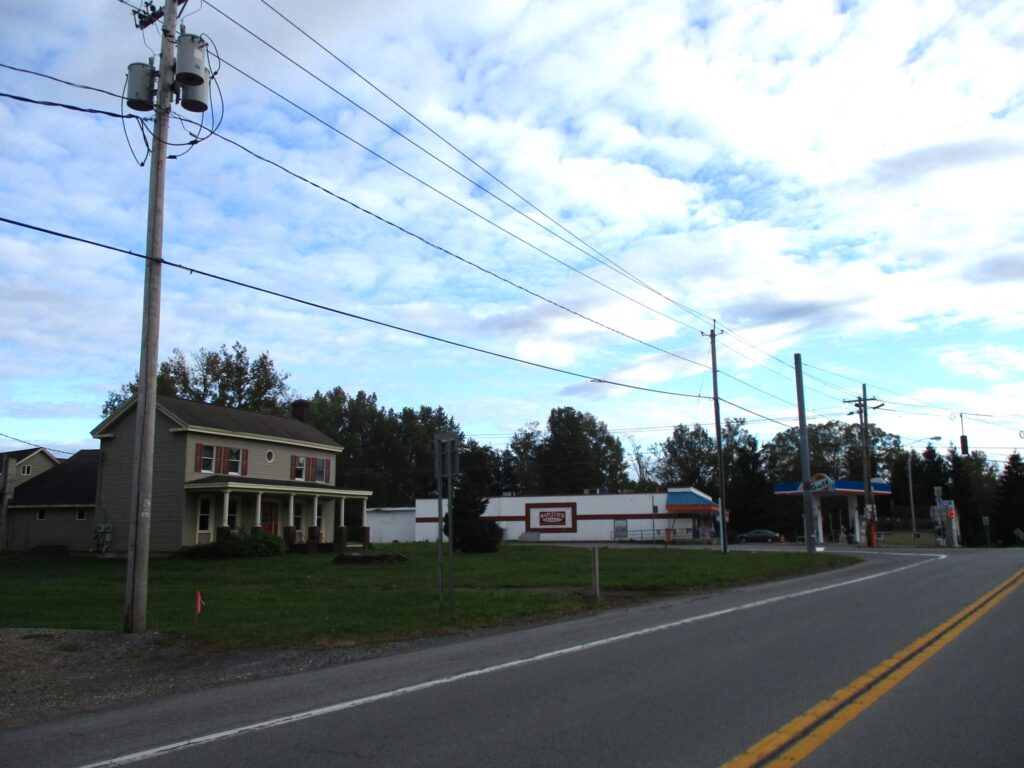
External obsolescence is often difficult to remedy and can impact property values in the affected area.
Depreciation
Depreciation refers to the decrease in value of a property over time. This can be due to wear and tear, age, or other factors that affect the condition and functionality of the property.
Depreciation is an important aspect to consider when determining a home’s value.
Cost to Cure
The cost to cure refers to the estimated cost associated with repairing or replacing any deferred maintenance, functional obsolescence, or external obsolescence.
This is an important factor to consider when evaluating the overall value of a property and can help determine whether it is worth investing in repairs or upgrades.
Remaining Economic Life
Remaining economic life is an estimate of the number of years a property can continue to be useful for its intended purpose.
This is always taken into account when determining the value of a property. Homes with a longer remaining economic lives are superior in condition or quality and may be considered more valuable to those with a limited remaining economic life.
Replacement Cost
Replacement cost is the estimated cost of rebuilding or replacing a component with a similar one.
This can be a factor when determining the value of a property, as the appraiser may need to take into consideration both the current condition and potential costs for bringing a property up to modern standards.
What if I Disagree With My Appraisal Condition Rating?
If you disagree with the condition rating given to your property, you have the right to challenge it by requesting a reconsideration of value. If you are working with a lender, this request must be made through the lender vs. directly to the appraiser.
You can provide evidence of recent updates or repairs that may improve the condition rating of your property, and request that the appraiser review this information and consider revising the report.
But keep in mind that the appraiser’s determination is based on their professional judgment and expertise, so it’s important to have valid evidence to support your disagreement.
Another option is to hire an independent appraiser for a second opinion, although this will come at an additional cost and may not yield the results you’d hoped for.
It’s always best to communicate openly and respectfully with your lender and the appraiser in order to reach a resolution.
Conclusion
In summary, the condition rating of a property in an appraisal report indicates the overall condition of its features and finishes.
Having a standardized scale helps promote consistency and transparency in the appraisal process.
With a scale in place, lenders can more easily compare and analyze how a home’s condition is reported by one appraiser to the next, and can understand how the appraiser came to their value conclusion.
This also requires additional accountability on the part of the appraiser – If two appraisers report different condition ratings on the same property within a short period of time, this could raise red flags and prompt further investigation.
This helps reduce the risk of appraisal fraud and ensures that properties are being evaluated accurately.
Additional Resources
Guide on Requirements for Specific UAD Fields
Verbiage for Condition Ratings – Fannie Mae Selling Guide

Kimberly has been a Certified Appraiser in New York since 2004. With a background in the mortgage industry and prior licensure as a real estate agent, she brings a valuable perspective to buyers, sellers, and other industry professionals. Aside from her professional role, she’s an entrepreneur, novice home flipper, and proud mom of three.
License No. 45000046311 | FHA Certified | Member GSAR/NYSAR | Approved Supervisory Appraiser

